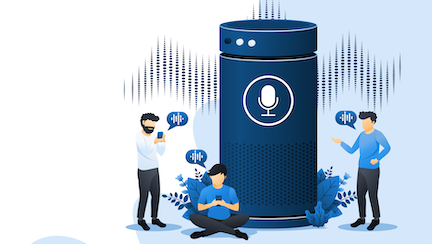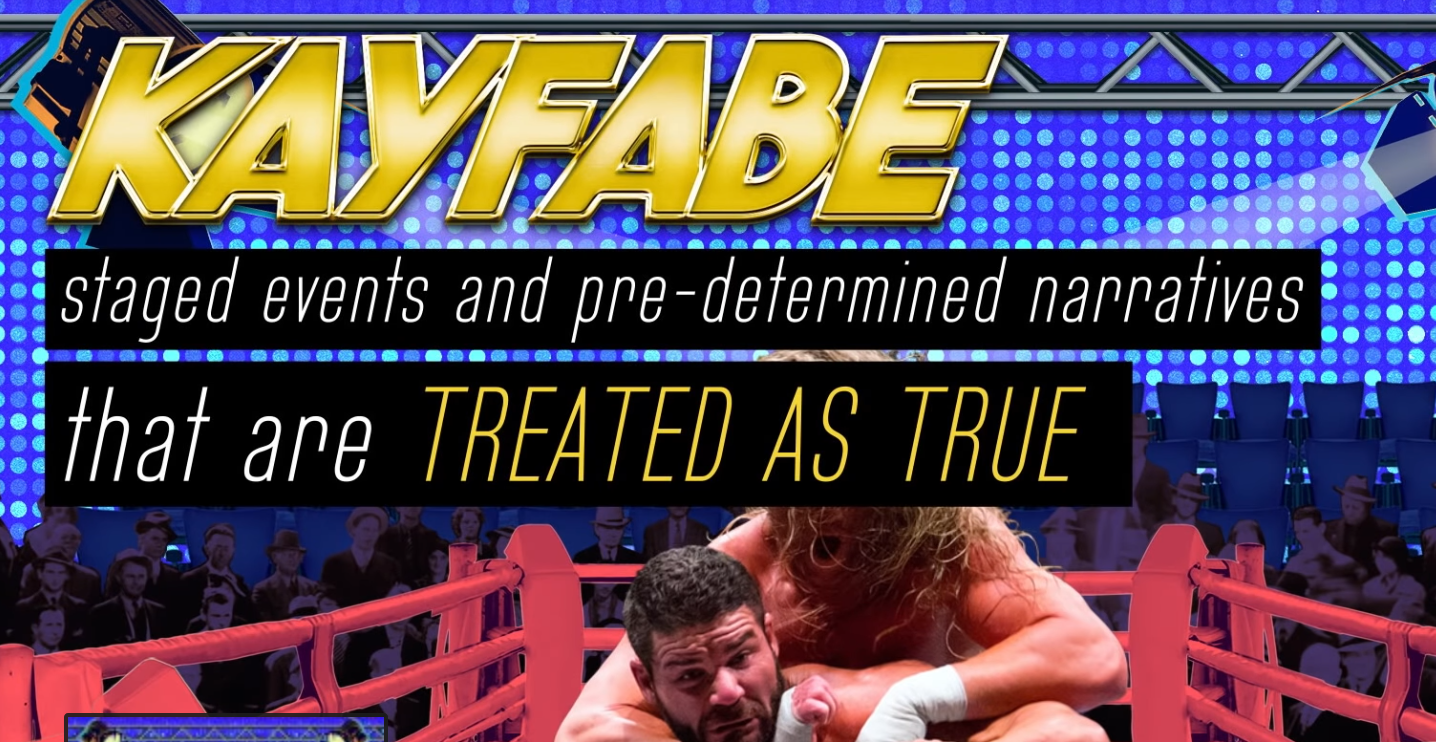
The great streaming media swindle, I mean, trade-off.
Thanks to streaming, you now get lots of media, content and lower prices.
Now is the key word. Hate to break it to you. You should get ready for less content, with less content control and higher costs.
Streaming. The savior from the expensive and content restrictive tyranny of cable and music companies. All hail streaming.
Not so fast.
While you currently enjoy $10 for Netflix and bundled Amazon Prime content or $25 a month for Sling, and around $10 a month for Spotify or Apple Music, forces are quietly moving in the background to reconstitute the same structure and higher prices of cable and the music industry that streaming was supposed to liberate you from.
Streaming’s appeal is easy and obvious.
Like it’s a legal version Napster or pirating, you get fairly instant access to a huge world of content on your TV or computer or phone. And let’s be honest, it is amazing!
NOW is a great time to gorge and binge on lots of content.
There’s so much it’s almost painful to make a decision on what shows to focus on because there are only 24 hours in the day. Not sure if it’s a sad state of affairs that picking Good Omens over the next season of Archer feels like I making a life decision. But I’m guessing others feel the same. That’s how much good content is out there. So again, thank you streaming.
But now that streaming seems almost inevitable as a mainstream content source for consumers, networks know they must begin to pivot to focus on streaming content that selling digital or physical content.
Streaming is great. But there is one small catch…
Streaming and accessing content is not the same as owning and controlling your content. If you bought the movie The Matrix in some physical or digital form, you get to control how you see it as long as you physically control it. Same if you bought a physical copy or downloaded a song from Bruno Mars.
In streaming, that relationship with content may be temporary and fleeting. Each month, content providers like Netflix add and remove movies and shows from its network. If one of those happens to be a show you like and don’t have a controllable copy of, you lose the ability to watch it.
This issue becomes clearer as act two in the evolution of streaming begins to manifest.
As contracts expire, content companies are reclaiming a lot of their content properties from other networks and streaming services in order to be used exclusively in their own streaming content service.
All the Star Wars and Marvel and Disney properties are migrating to Disney’s exclusive streaming service. Comcast is moving The Office to its own NBC Universal streaming service. Fox’s The Simpsons are moving to Disney’s service as a lot what was once Fox content is now owned by Disney.
The universe of content is transforming into streaming “channels” very similar to the cable companies’ packages of channel add ons.
And like cable, yes, you could buy a basic TV show package for $19.95., But if you have the audacity to like a variety of shows that aren’t just on Netflix then you need to “add on” Disney’s network and/or NBC’s network. And perhaps Apple’s offering Apple + and Amazon’s…. and before you know it…
Your streaming bill looks a lot like your old cable bill.
And though the public may not be aware of it, one of the biggest drivers that increased your cable bill over the years is networks upping carriage fees. That is, the content providers or networks charged cable companies to carry their content.
While some of these streaming services will also own the content they stream, they’ll likely raise prices as they’ll have a monopoly on certain content. Those that don’t own the content they stream will likely be hit with the streaming version of carriage fees demanded by the content owners to keep that content. Same with audio as artists and music writers want a bigger cut of streaming royalties.
Either way, the prices of your streaming services will start to climb.
Remember when Ma Bell, the telephone monopoly was broken up into smaller baby bells to encourage competition? Then there was Ameritech. Bell South, etc. Eventually, those baby bells bought each other up and became slightly smaller monopolies (e.g., Verizon, AT&T, I guess, more of an oligarchy). But essentially reconstituted into the original form.
Cable and content are likely doing the same.
What’s better for them in this new world is that they get control of their content in a way they could before DVRs and pirating. Users can watch on-demand…as long as the streaming service wants to make it available. The service can also put ads back into the content they watch and make it must view. That’s something that frustrated cable and TV executives when users could just fast-forward past content and skip ads with DVRs.
It’s the same story as Facebook and social media. Consumers give up data and control for access to content. Only to realize, it might have gotten the bad side of the bargain.































